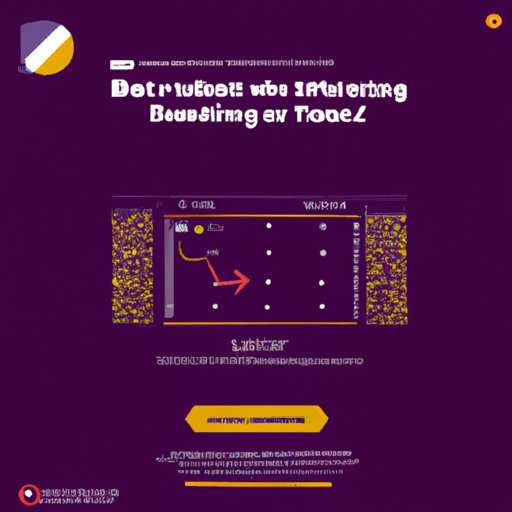How to Create Your Own Betting Model – Step by Step
Creating your own betting model can seem like a daunting task, but with the right approach, it can significantly enhance your sports betting strategy. This guide will walk you through the process step by step, from the basic concepts to more advanced techniques, helping you build a model that suits your betting style.
Understanding Betting Models
A betting model is a system that uses statistics and mathematical algorithms to predict the outcome of sports events. By analyzing various factors such as team performance, historical data, and market conditions, a model can help identify value bets where the odds may be in your favor.
Step 1: Define Your Goals and Select Your Sport
Before you start building your model, clearly define what you hope to achieve. Are you looking to make informed bets on soccer, basketball, or perhaps horse racing? Each sport has its own set of variables and data available, so choosing one to focus on can streamline the process.
Step 2: Gather and Process Data
Data is the cornerstone of any effective betting model. You'll need historical data and current season statistics which can be sourced from various sports databases and websites. For instance, football-data.co.uk provides comprehensive soccer stats that are ideal for a betting model.
Step 3: Choose Your Modeling Approach
There are several approaches to modeling:
- Statistical models involve using techniques like regression analysis to predict outcomes.
- Machine learning models use algorithms that can learn from and make predictions based on data.
Each approach has its pros and cons. Statistical models are straightforward and easier to understand, while machine learning models can handle more complex datasets but require a deeper understanding of the algorithms.
Step 4: Build and Test Your Model
Using the approach selected, build your model using software like Excel, R, or Python. Start by testing simple models and gradually add complexity. Validate your model by back-testing against historical data to see how well it predicts outcomes. Adjust as necessary to improve accuracy.
Step 5: Deploy and Monitor
Once satisfied with your model, start using it to inform your betting decisions. It’s crucial to continually monitor its performance and make adjustments based on new data and outcomes.
Practical Example
Let's say you've built a simple regression model to bet on NBA games. Your model takes into account points scored, opponent's points allowed, and location of the game. By inputting this data for an upcoming game, your model calculates expected scores and suggests betting on the team if the predicted score deviates significantly from the line set by bookmakers.
Advantages and Disadvantages
The main advantage of having your own betting model is gaining a structured approach to betting, potentially leading to more consistent profits. However, the disadvantages include the need for continuous data input and model adjustments, and the reality that no model can guarantee success due to the unpredictable nature of sports.
Conclusion
Building a betting model is a rewarding project that can improve your betting accuracy. By following these steps, you can create a model tailored to your sports betting needs. Remember, the key to success is continuous learning and adaptation. Start simple, test thoroughly, and refine your model over time.
Whether you’re a seasoned bettor or a newcomer to the sports betting world, taking the time to develop your own model could significantly enhance your betting strategy. Start building your model today, and turn those educated bets into wins.

.png)





